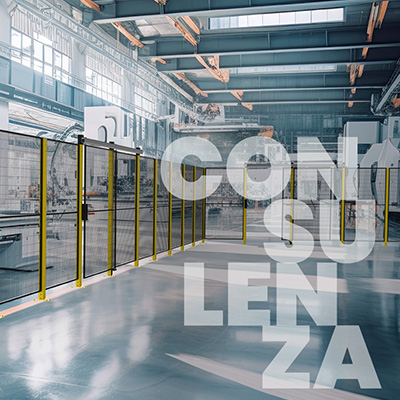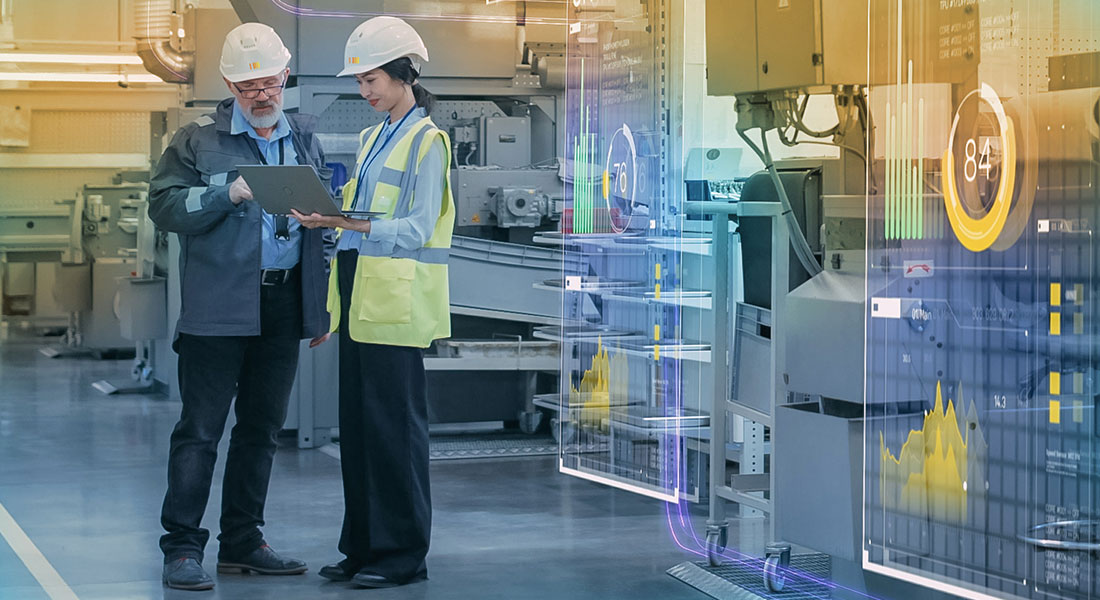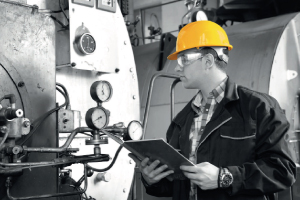The Machinery Regulation 2023/1230 represents a significant step forward in the regulation of machinery safety in the European Union.
This new regulation replaces the Machinery Directive 2006/42/EC, aiming to further improve the safety and reliability of machines in the European market, responding to new technological and emerging safety challenges.
It is important to note that, although published in 2023, the regulation will actually come into force in 2027, giving companies the necessary time to adapt until January 19, 2027. From the following day, machines must be compliant and accompanied by EU conformity certification under the new regulation.

The need to update the previous Directive has emerged in recent years due to increasing automation, the spread of new technologies such as artificial intelligence and advanced robotic systems, and growing concerns related to cybersecurity in the industrial context.
Machines are becoming increasingly complex and integrated with digital systems, which poses new and unprecedented risks for the safety of workers and end-users.
The European Commission has thus undertaken a review of the Directive, transforming it into a Regulation to ensure greater harmonization of rules across the EU, eliminating potential differences in national interpretation and simplifying the regulatory framework.
With the introduction of Regulation 2023/1230, companies will face several changes by 2027:
- Safety of Complex Systems: The new provisions emphasize the risks associated with the introduction of advanced technologies like AI, which require specific safety protocols. Companies that produce machines with smart components will need to implement stricter risk mitigation measures.
- Cybersecurity: One of the most significant new requirements is the introduction of measures to ensure the cybersecurity of machines. Manufacturers will need to ensure that devices are protected from cyberattacks, with integrated security solutions.
- Human-Machine Collaboration: The Regulation places particular emphasis on the interaction between human operators and advanced machines. With the increased use of collaborative robots (cobots), companies must ensure that these interactions are safe and that machines are designed to work in synergy with humans, minimizing the risk of accidents. This requires new approaches to ergonomics, reliability of proximity sensors, and the adoption of effective emergency protocols.
- **Conformity Assessment**: The methods for conformity assessment have been strengthened, with greater responsibilities placed on importers and distributors, who are involved in verifying safety and reliability requirements.
- Documentation and Transparency: The regulation imposes greater transparency in the technical documentation and user manuals of machines, ensuring that users are fully informed of risks and safety procedures.
- Sanctions and Controls: Penalties for non-compliance with the Regulation will be more severe, with intensified controls by national market surveillance authorities.

This transition will require significant effort from companies, which will need to review their design, production, and documentation processes. In this changing context, Accessafe can provide essential support by offering tailored consultancy for:
- Risk assessment and implementation of advanced safety measures;
- Updating technical documentation and user manuals;
- Support during certification and compliance verification procedures.
Relying on Accessafe means having a reliable partner to navigate this regulatory transition smoothly, ensuring that your machines not only comply with regulations but also provide the highest levels of safety, innovation, and efficiency.


